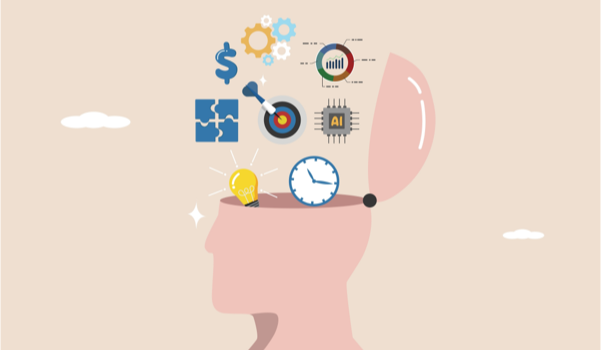


AUSTIN, TEXAS -
Combating chaos, data confusion
The first time I heard of eXtensible Markup Language (XML), I did not understand its importance. Notable pulmonologist and informatics pioneer Dr John Myers explained to me how XML will improve the data architecture and medical practice at Baylor Scott & White Health. He could immediately see the advantages but, while it took me a bit longer, it soon became clear that standards like XML provide structure and combat chaos.
As a result, a new standard in healthcare is revolutionizing medical research and practice - fast healthcare interoperability resources (FHIR, pronounced ‘fire’). Simply stated, interoperability is the ability of different computers and digital systems to talk to one another. This enables more scalable and standard communication from system to system, and medical AI in particular is greatly benefiting from this norm.
The reason is because, historically, medical data has always been siloed. Previously, massive walls always separated these silos, making it virtually impossible for researchers and practitioners to acquire their data to create AI models or facilitate patient care. With FHIR and patient registration, however, professionals can now see all facets of a patient’s health and behavior, not just data within his/her electronic health record (EHR).
Once upon a time, if one wanted one system to talk to another, one had to write custom code. This was all one-off coding, expensive, error prone, and with unreliable result quality. Fortunately, standards like XML and FHIR have vastly improved the accuracy and efficiency of system analysts, data engineers, data scientists, and AI engineers. Even more importantly, FHIR has also led to better quality of research and clinical care by improving data quality and reliability. FH
The content herein is subject to copyright by The Yuan. All rights reserved. The content of the services is owned or licensed to The Yuan. Such content from The Yuan may be shared and reprinted but must clearly identify The Yuan as its original source. Content from a third-party copyright holder identified in the copyright notice contained in such third party’s content appearing in The Yuan must likewise be clearly labeled as such. Continue with Linkedin
Continue with Linkedin
 Continue with Google
Continue with Google










 681 views
681 views







